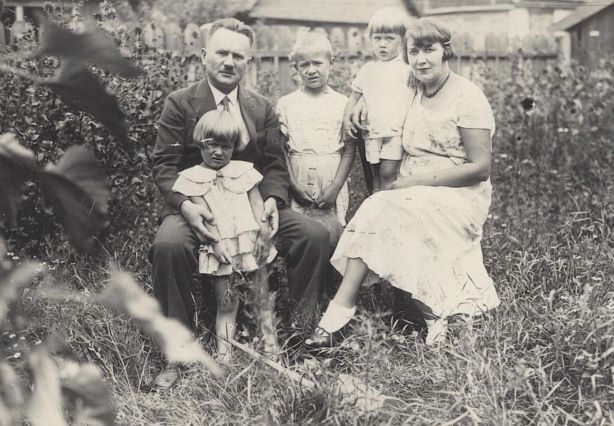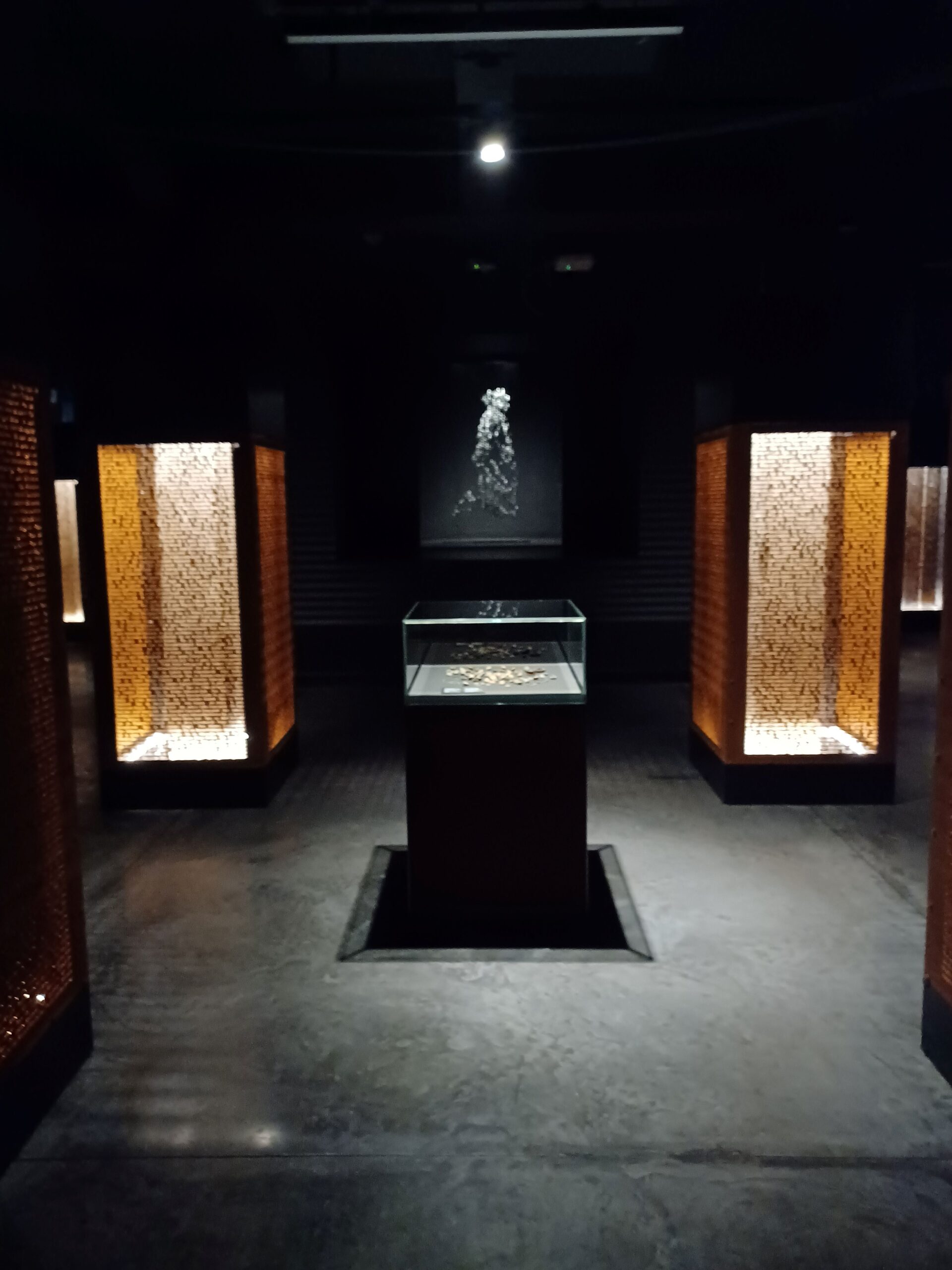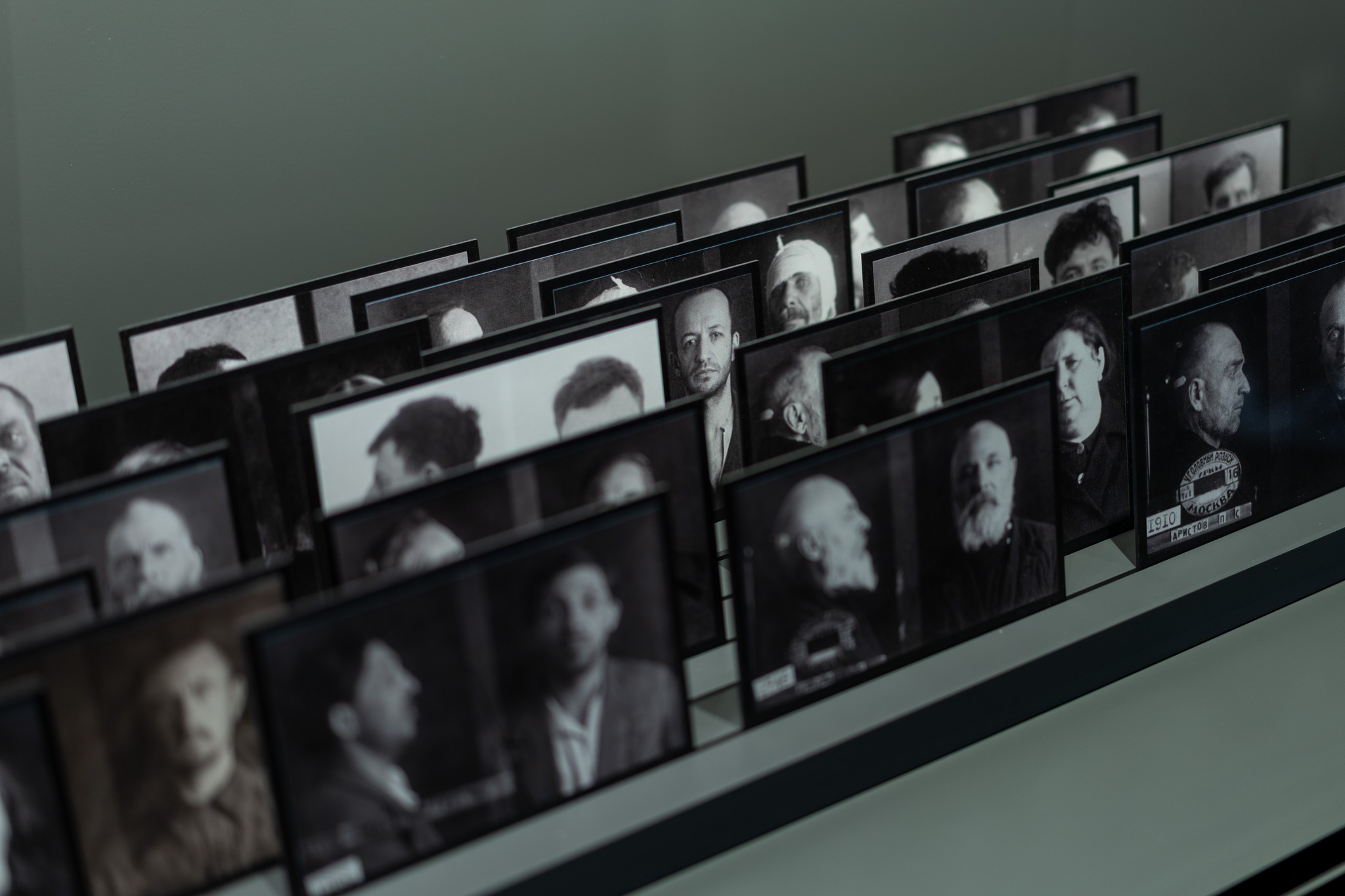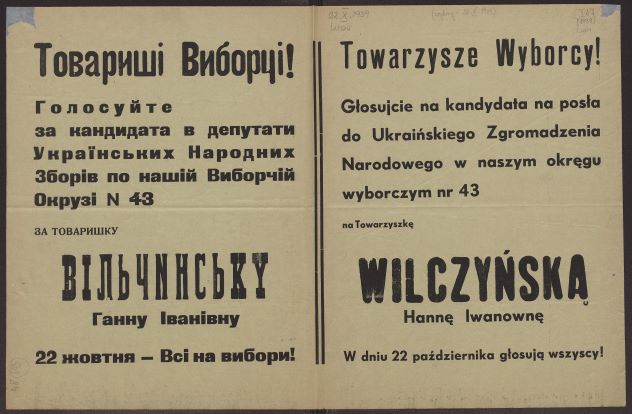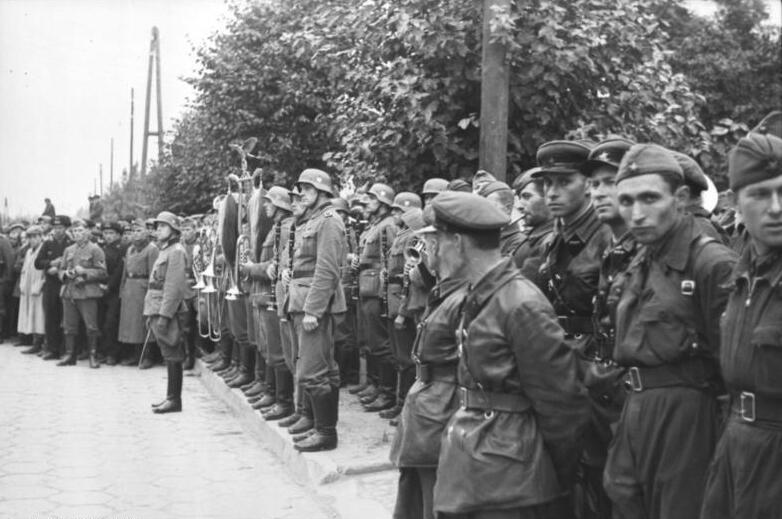Helena Grodecka-Możdżeniowa, was one of about 90,000 victims of the third great deportation, which began on 29 June 1940. Most of those deported were refugees from the German occupation, mostly Jews. Poles accounted for about 11 per cent.
On the morning of 13 April 1940, NKVD soldiers came banging against the doors of the homes of more than 60,000 residents of eastern Poland. They ordered them to pack quickly and loaded them into cattle wagons.
On April 3,1940, the first “death transport” of Polish prisoners of war set off from the Kozelsk camp.
On 4 February 1940 (presumably!), Nikolai Yezhov, one of the cruellest perpetrators of Stalinist terror, was executed.
On 22 October 1939 the Soviets organised elections of delegates to the so-called people’s assemblies in the annexed Eastern Borderlands (Kresy) of the Second Polish Republic. After a rapid propaganda campaign accompanied by terror and violence, the “vote” took place.
The parade on Unia Lubelska Street in Brest began at 4pm on 22 September 1939 and lasted only about 45 minutes. That was enough time to show the whole world the newly formed alliance of the Soviet Union and Nazi Germany.





